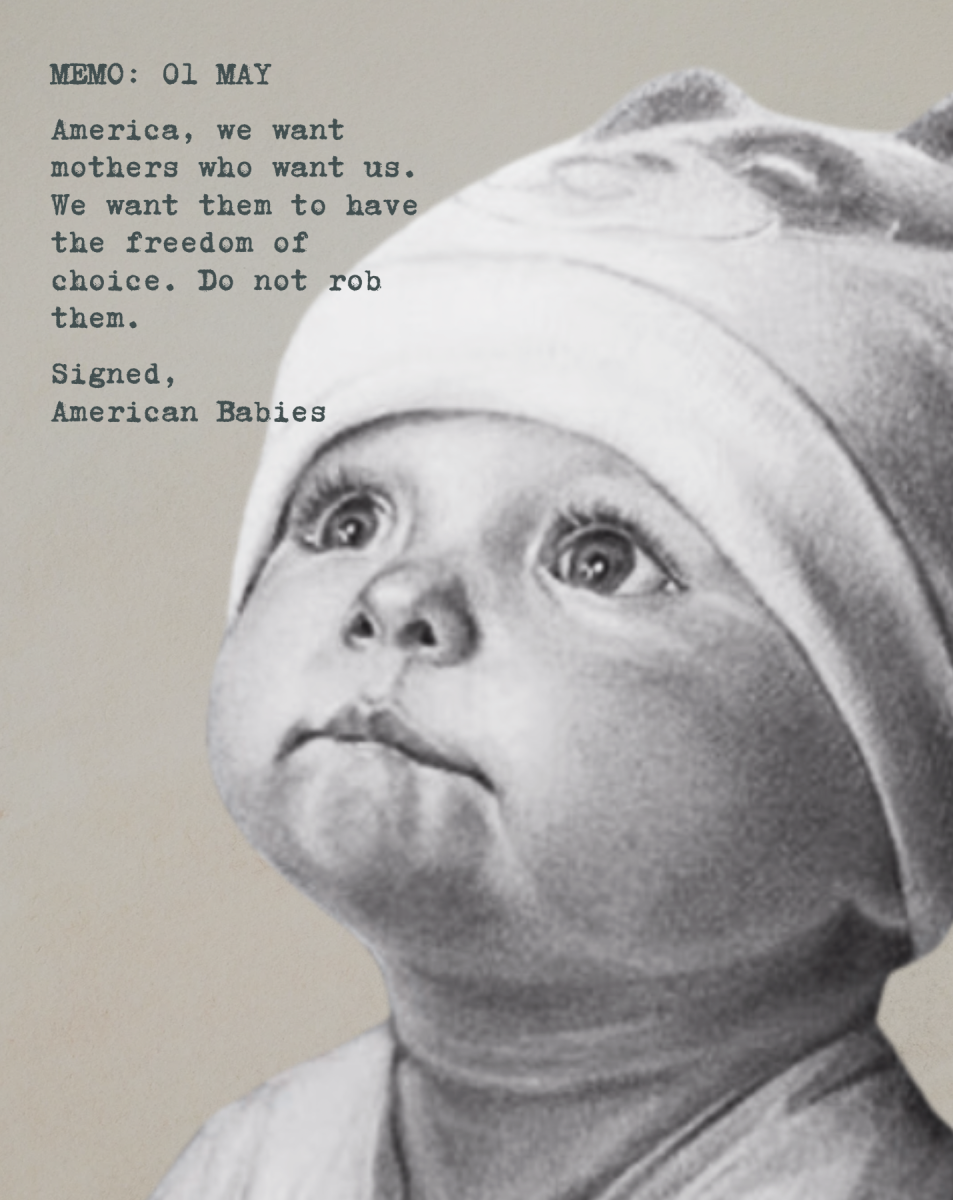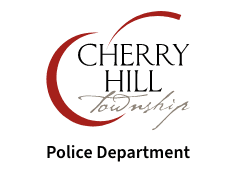With the rising popularity of rhythm-based games and the wild success of the Rock Band series, it was only a matter of time before the Guitar Hero franchise dropped the axe-only gameplay it is known for. The newest iteration in the franchise, Guitar Hero World Tour, takes a cue from the Rock Band games by adding drum and vocal peripherals on top of the standard guitar and bass guitar. The developers knew the instruments for this game would have to stand out in order for it to be taken seriously over Rock Band, and their efforts weren’t for not.
Instruments:
Though the game has three different instrument peripherals one can choose from, the drums stand out as the most engrossing and fun way to rock out. To one-up Rock Band’s drum set, consisting of four round pads and a bass pedal, the developers of World Tour put together a drum set containing three round pads, two raised cymbal pads and a bass pedal. The cymbals add a whole new level of realism and the round pads are extremely responsive. With these pads, difficult parts like drum rolls can be done with much more ease than in Rock Band. The bass pedal is completely different than the one found on the Rock Band drums, as it feels less clunky, less flimsy and more responsive. The best part about the drum set is how all the pads are pressure sensitive. Hit the orange cymbal pad lightly and it will make a soft *ting* sound, but wail on it and it will give a loud crash. To make the deal even sweeter, the drums are wireless.
There are some downsides to the drums, however, as the kit can often make a good deal of noise during fast parts of a song. Also, the yellow cymbal pad feels a bit unresponsive at times, making activating star power (which is done by hitting the yellow and orange cymbal pads at the same time) a bit awkward.
With the word “guitar” in the title of the game, it is unsurprising that the new and improved guitar peripheral goes above and beyond all expectations. The whammy bar feels less flimsy on this guitar than on past ones and now there is a specific button for activating star power if one does not feel like tilting. The strum bar is also different, as it is larger and feels sturdier than any other strum bar has. Like the guitar released with Guitar Hero III, this one has a detachable neck for easier transportation. The thing that really seals the deal with this guitar is the slider, which is a collection of touch sensitive buttons found higher up on the fretboard than the regular buttons. The slider can be used in certain sections to tap through solos without strumming, adding another level of realism to the game. The guitar is wireless as well, making all of these things possible without the dead weight of a cable. Suffice to say, this is definitely the best guitar released out of any rhythm game to date.
The microphone in World Tour is essentially the same as the one in Rock Band. The only differences come during the gameplay, since in World Tour the vocalist can activate star power whenever he or she wants (in Rock Band they have to wait for certain sections to appear) and there are vocal freestyle sections where the player can croon whatever they want to gain more points. This peripheral is responsive, but doesn’t do much to differentiate itself from the competition.
Gameplay:
All of these great instruments don’t mean a thing if the gameplay falls flat. Luckily, World Tour brings some of the most engaging and addicting styles of play found in any rhythm game to date.
Each instrument has their own individual career mode, even the bass. It is a nice deviation from Rock Band 2, which gave the opportunity to pack every instrument in the same career. However, there was not enough organization and it was easy to forget what instrument was used to pass what song. Conversely, World Tour, as the instrument careers feel organized and systematic, gives a more arcade-esque feel to the game. The player goes through different setlists, starting with easy songs and eventually ramping up to difficult ones. If one is having trouble beating a challenging song on a higher difficulty then he/she can switch the difficulty level and play that song without having to redo everything in his/her career.
Quickplay mode is almost the same as the last game with some good and not-so-good added features. It is now easier to track high scores because they are kept in the quickplay menu and the player doesn’t have to navigate through his/her career to see what his/her highest score for one song is. However, the setup of the quickplay screen is so horrid that it wouldn’t be surprising if the designers slapped it into the game in under a minute. Scrolling through songs takes too long and there is not nearly as many ways to organize the order the songs appear in as in Rock Band 2. There is also a design on both sides of the song list that solely serve the purpose to cut the screen in half and make navigating even more of a chore.
Mostly everything else about the game is a blast, though, and the new ranking system makes for even more addictive gameplay. Arguably the best addition to the franchise is the ability to record and mix custom songs and then upload them online. First, the player or players enter the recording studio and jam on a certain scale using rhythm guitar, lead guitar, bass guitar, keyboard or drums to record. Once a rough track is made it can be perfected in GHMix and then uploaded onto GHTunes, where anyone can download it. This process is extremely engaging and one shouldn’t be surprised if they find themselves staying up late to fiddle around with any one of these three great gameplay modes.
This guitar hero game is the first with any sort of customizability beyond picking a set guitar for a character to play. The developers went full-out here, giving players the option of creating their own characters, guitars, drums and even microphone. One can spend hours upon hours scrolling through all the different options he/she can use to make the instruments cooler, and the character creation system is one of the most in-depth ones created to date. If one tried hard enough he/she could make a nearly identical copy of his/her real persona to play as in the game. Players can even choose what moves their character will perform when they pass or fail a song, a first for any rhythm game.
If customization isn’t quite doing it, then one can unlock new characters to play from. Like in Guitar Hero III, real musicians came and did some motion-capture work to give their in-game characters a more authentic feel. Once their respective songs are beaten then they can be bought and played as in the game. These musicians include Ozzy Osbourne, Sting, Jimi Hendrix, Ted Nugent and … Hayley Williams? She seems a bit out of place among the veteran musicians whose music is generally agreed to as legendary. She and her band Paramore don’t quite fall in to that category…
Offline and online two player multiplayer remains essentially the same as in Guitar Hero III, as the players can choose from face-off, pro face-off, co-op or battle. Likewise, multiplayer includes the other instruments on top of the normal guitar and bass guitar. Playing in a group is a blast, but doesn’t quite have the same feel as playing with multiple people in Rock Band. Everyone shares the same star power and if someone fails then the song ends; no reviving, no extra lives, no nothing. It can get a bit confusing but after a few runs through most people should get the hang of it. This mode is also available online for those that have friends that live far away and for those that don’t have any friends.
Overall, Guitar Hero World Tour is a big step forward for the rhythm game franchise. The customization options and the ability to create original songs give this game a lot of credibility. The number of songs peak at a whooping 86, with many hits (“Hot for Teacher” by Van Halen and “Pull Me Under” by Dream Theater) and admittedly a few misses (“La Bamba” by Los Lobos and “Beat It” by Michael Jackson just don’t seem to fit). The new instruments are leaps and bounds over any others in the competition and group play has the potential to be as fun as in Rock Band. The only things holding this game back are the price (the entire band bundle costs $190) and the sheer lack of official downloadable content compared to Rock Band. As time goes by and more songs are released this drawback should prove to be no problem.
If one has the money and wants something to keep him/herself entertained over the long winter months then he/she need not look any further than Guitar Hero World Tour.
Rated 9 out 10





